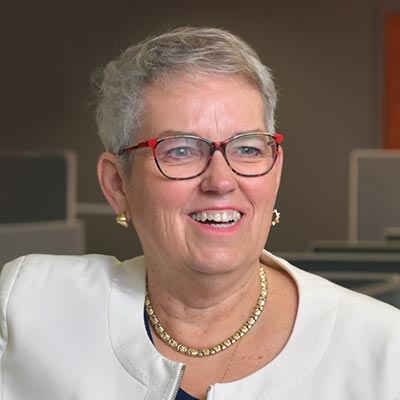Cultivating new business relationships takes skill and persistence. But, anyone who makes business development calls regularly knows that every sales prospect moves on their own timeframe. There’s rarely a “one size fits all” conversation that will cover everyone—especially at the top of the healthcare sales funnel.

Healthcare buyers move at their own pace
In medtech and healthcare, for example, some potential buyers are ready for a demo after just a few minutes of conversation; others hesitate to answer even basic questions or provide an email address to send product literature.
How do you overcome this wide variety and fill your sales funnel with qualified medtech buyers?
There are two main ingredients for success:
- A team of experienced inside sales callers who know how to have authentic, productive conversations with all types of healthcare buyers.
- A menu of options that’s broad enough to encompass the needs and pace of different healthcare decision-makers.
This valuable top-of-the-funnel activity serves as a catalyst for future closed sales.
Avoid a narrow approach in top-of-the-funnel conversations
Often, business development calls fizzle because generating leads is the only objective. However, that kind of tunnel vision is like opening a restaurant and then putting only one item on the menu. It narrows the options so much that you can miss out on opportunities with a good portion of your target audience.
Getting results with early-stage healthcare prospects requires:
- Having multiple paths for the inside sales team to take
- Trying several approaches and testing their effectiveness in side-by-side campaigns
- Finding a way to realize value in every interaction with a potential buyer
With early-stage sales prospecting calls, putting too much emphasis on the number of leads generated or the quantity of appointments set on calendars can backfire. These are critical metrics to track and important goals to achieve. But, they shouldn’t be the only items available for top-of-the-funnel conversations.
Offer healthcare prospects more reasons to say ‘yes’
Instead of taking a high-pressure approach that can damage your sales relationships, give early-stage healthcare prospects more reasons to say “yes” to a sales relationship with you. Rather than pushing for the next sales appointment or demo, change up your next medtech business development campaign.
Try focusing your outbound sales calls on these criteria:
Establish a relationship. A productive sales call requires a baseline level of trust and openness. Instead of jumping immediately into a pitch, start by building rapport. After all, companies may sign the checks, but people buy from people. Find common ground with your target buyer so they’ll be receptive to future communications from you. Ask a thoughtful question that shows you have a grasp of current market trends and challenges. Take time to listen and empathize rather than trying to overcome objections.
Generate brand awareness. Early-stage calls are great vehicles for introducing your company and your solution to new audiences. Here,storytelling can be more effective than a traditional “pitch.” Briefly share your organization’s purpose and how it can help potential healthcare customers. Emphasize the benefits for buyers rather than the features of your product. Consider sharing a short case study of how you supported a similar healthcare facility.
Gather information. On a first sales call, you may or may not reach the ultimate decision-maker at the clinic, hospital or medical facility. However, there’s still value in speaking with influencers to the sale or gatekeepers. The more you can learn about a medical facility’s size and scope, current processes, challenges and personnel, the better you’ll be able to tailor future communications. Start with a short list of qualifying questions and useful demographic information; use early-stage sales prospecting calls to collect some of these details.
Gauge future interest. Productive healthcare sales calls always have an objective. This helps keep the conversation focused and lets you measure results. However, instead of only counting leads or appointments generated, broaden your approach for top-of-the-funnel calls. This enables your business development team to engage with more potential buyers.
An early-stage healthcare sales call might end with the opportunity to send a follow-up email and schedule a callback in a few weeks, or by obtaining names and opt-in email addresses for the ultimate decision-makers.
By redefining success, you can strengthen relationships with healthcare buyers and maximize the value of every outbound dial.
Open the door for future lead generation
Once you’ve opened the door with a healthcare prospect, future contacts become easier and more fruitful for traditional lead generation and appointment-setting. A good first impression lays the groundwork for trust and transparency in the sales process.
Ready for more healthcare lead generation tips? Check out our medtech practice area, or contact us with specific questions.



